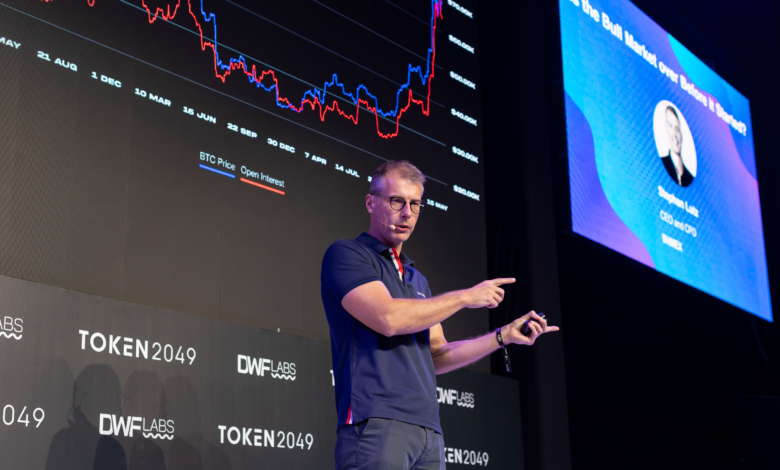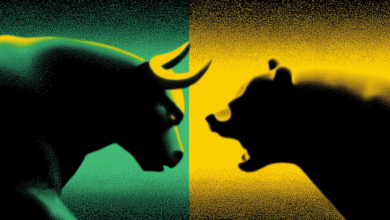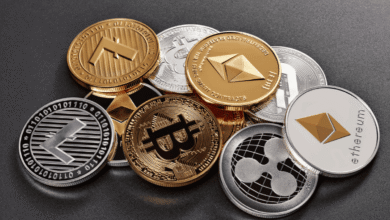As BitMEX Turns 10, the Market Is Still Thankful for the Perpetual Swap

BitMEX’s CEO says he’s OK with everyone copying the exchange’s most important invention.
Dec 11, 2024, 5:02 a.m. UTC
“Good artists copy, great artists steal,” was a favorite saying of Apple’s Steve Jobs to explain his company’s blatant copying of technology from Xerox.
Fast forward to the Web3 era, and BitMEX CEO Stephan Lutz, who was appointed to the role in late 2022, says he’s fine with competitors copying the crypto exchange’s invention of the perpetual swap, the financial instrument that underpins the crypto derivatives market. The more traders access the tool, the healthier the market, the logic goes.
“It was copied by everyone, because that’s just open-source know-how,” Lutz said in an interview with CoinDesk. The whole world works on it, which is like the best form of flattery we can wish for in the end.”
Unlike futures — which are contracts to buy or sell an asset at a specific price on a specific date — the perpetual swap eliminates expiration and mirrors the feel of margin trading. Perpetuals act as a rolling series of short-term futures contracts using a funding rate, or payment exchanged between long and short positions, to maintain price alignment with the underlying asset.
Lutz argues that the perpetual swap was a cornerstone innovation in crypto trading because it addressed a fundamental challenge in building derivatives in the early crypto market structure.
“You faced counterparty credit risk, and there was no real structure for bringing longs and shorts together,” he said. “The perpetual swap with the funding mechanism and the insurance fund in the background sparked the whole [futures] trading industry.”
It also allows traders to react with the hyperdrive speed required in crypto.
“If you say it’s a seven-year cycle [some investors believe the market functions in this pattern] in TradFi, this cycle is six months in crypto,” Lutz, a veteran of Deutsche Börse, which operates the Frankfurt Stock Exchange, said. “You need to react to new developments very quickly.”
While BitMEX is nowhere near the largest derivatives exchange by volume anymore – that’s what happens when larger centralized exchanges, like Binance, adopt the perp and get into the derivatives business – it still has a loyal cadre of traders.
One reason for that is because BitMEX does not have its own market-making desk. It doesn’t trade against its own customers, Lutz said.
“Our funding rates can sometimes differ because we ensure completely independent price discovery, which is important for maintaining fairness,” he said. “It’s a matter of neutrality.”
During periods of high volatility, particularly market downturns, BitMEX often sees its market share spike — sometimes double — Lutz explains because of the exchange’s loyal cadre of derivatives traders.
Another 10 years
Sometimes it’s tough to imagine where a crypto company will be in 10 years, given the speed at which the industry operates.
Compare the liquidation and winding up of Lehman Brothers, to the relatively rapid resolution of FTX’s bankruptcy.
As for BitMEX, Lutz foresees the exchange maintaining its niche in bitcoin-based derivatives while selectively expanding its offerings.
And maybe sometime during this next decade, BitMEX will invent something new — and be flattered when the entire industry copies it.
Sam Reynolds
Sam Reynolds is a senior reporter based in Taipei. Sam was part of the CoinDesk team that won the 2023 Gerald Loeb award in the breaking news category for coverage of FTX’s collapse. Prior to CoinDesk, he was a reporter with Blockworks and a semiconductor analyst with IDC.




